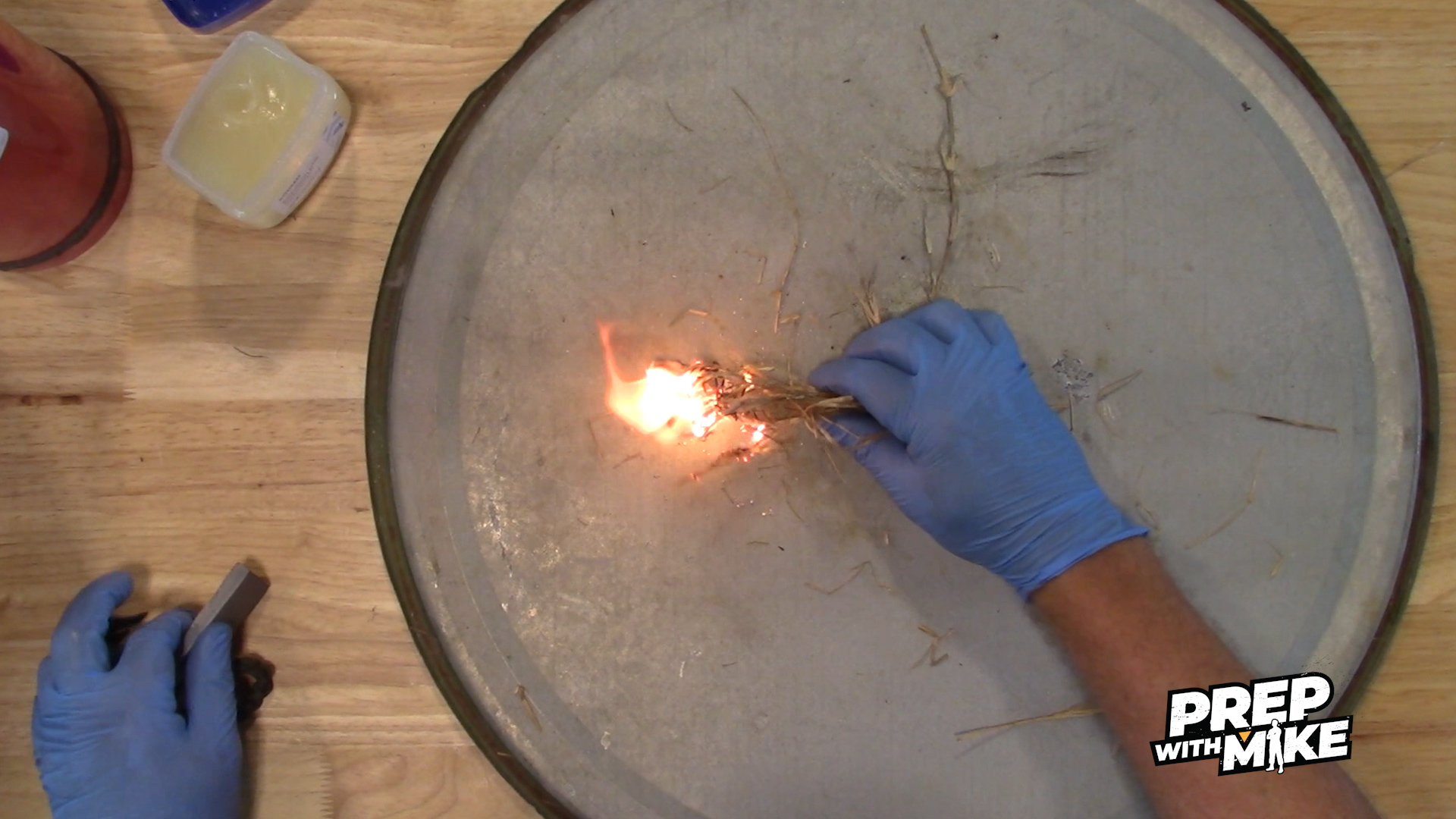Intermediate prepping: What do you do once you’ve covered the basics?
10/21/2020 / By Virgilio Marin

Once you’ve become proficient at prepping for short-term emergencies, you now need to prepare for survival scenarios that may last for months or even years. A nuclear winter, for instance, could bring months without clean air, fresh foods and cellphone coverage. This could spell trouble if you’ve only stockpiled on supplies that will tide you by for a week.
The next step to your survival training is intermediate prepping, which will equip you to face long-term emergencies. Here’s an intermediate prepper guide to getting you started. (h/t to DystopianSurvival.com)
Expand you survival stockpile
Long-term emergencies require stockpiling at least six months’ to a year’s worth of supplies. Assuming you’ve got enough money to purchase all that stuff, expanding your survival stockpile is usually the easiest part of prepping as it amounts to just buying more supplies. But you will realize that a bigger stockpile also creates more challenges.
First, you will encounter problems with storing frozen goods. These items are not for long-term storage as they go bad quickly. Second, you will quickly run out of storage space, forcing you to fill every possible corner of your shelter. It’s also easy to forget about resources other than food and water. By the time you’ve got your year’s worth of supplies, you might realize that there are other things, such as cleaning supplies, that you need to purchase but have run out of space for.
That said, it’s important to be wise about your stockpiling decisions. Skip the frozen goods and other perishables, such as milk, cheese, butter and eggs. Switch to dried foods, as well as powdered, dehydrated or freeze-dried products. The latter may be quite costly, but if you’ve got enough money, you can splurge on those things too.
Alternatively, you can consider growing and raising your own food. Self-sufficiency, after all, is what prepping is all about. You can learn how to garden in confined spaces and raise backyard chickens.
It can be challenging to store water, let alone find water sources when SHTF. Now is the time to up your game and install a water tank. Before drinking the water, however, you first need to purify it in case it’s contaminated. (Related: 6 Factors to consider when choosing a water treatment method.)
Once you’re done with food and water supplies, you can start stockpiling on other survival essentials. These include cleaning and hygiene supplies, first aid and medical supplies, sturdy clothes and shoes, as well as ammo, batteries and repair tools such as nails, screws, duct tape and gorilla tape.
You should also secure an escape vehicle and stockpile on gasoline in case you need to bug out. Take note that stockpiling is not hoarding, so you need to assess whether the things in your survival stockpile aren’t just going to clutter up space.
Plan and hone skills
Stockpiling is only half the battle. In order to survive a long-term emergency, you also need to develop survival skills and learn how to efficiently use your resources.
For taste, you need to hone skills related to:
- Purifying water
- Food storage
- Proper waste disposal
- Treating wounds and other medical conditions
- Managing a home without electricity
- Long-distance communication
- Managing fires and other emergencies
- Home repairs
The world isn’t going to be the same when SHTF. A disaster will likely result in the temporary or permanent loss of many comforts of civilization. How are you going to cope with such a scenario? The best course of action is to get ready before SHTF. Be guided by these intermediate prepping tips.
Sources include:
Tagged Under: bug out, disaster prepping, Food storage, intermediate prepper guide, intermediate prepping, long-term emergency, long-term survival, prepper, prepper basics, prepper guide, prepping food, prepping skills, prepping tips, self sufficiency, SHTF, survival essentials, survival scenario, survival stockpile, survival training
RECENT NEWS & ARTICLES
EmergencyFood.News is a fact-based public education website published by Emergency Food News Features, LLC.
All content copyright © 2018 by Emergency Food News Features, LLC.
Contact Us with Tips or Corrections
All trademarks, registered trademarks and servicemarks mentioned on this site are the property of their respective owners.



















